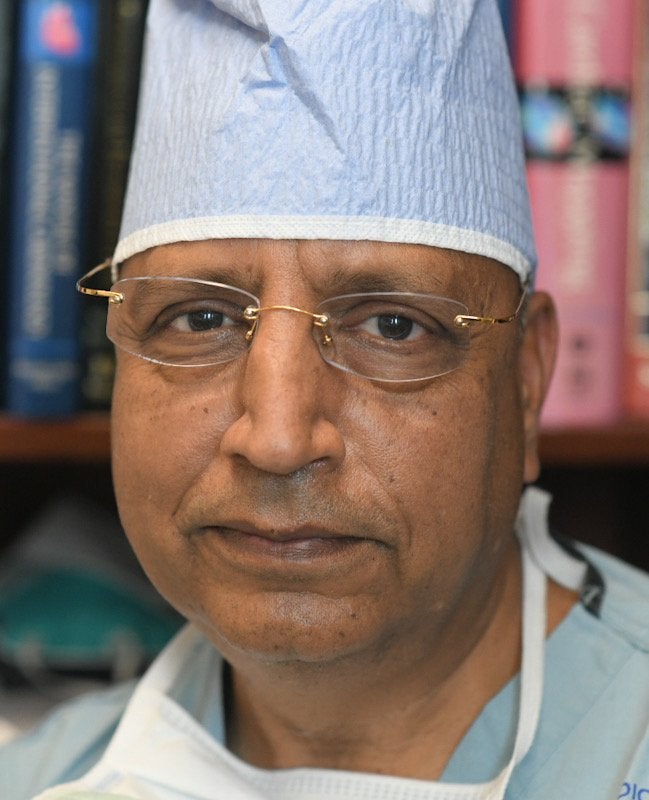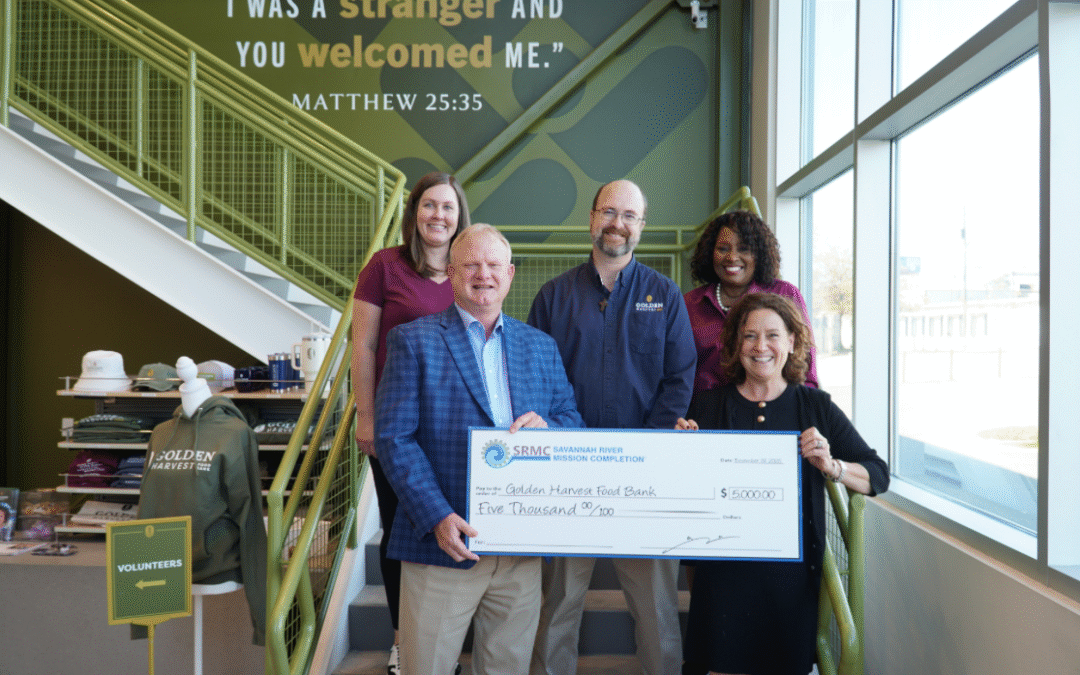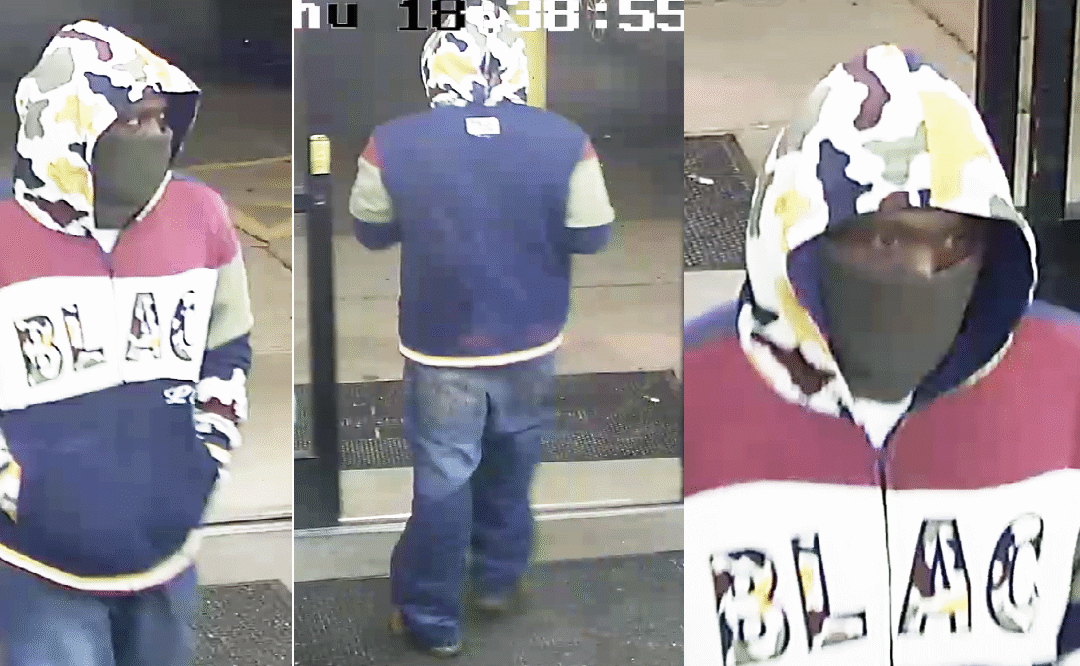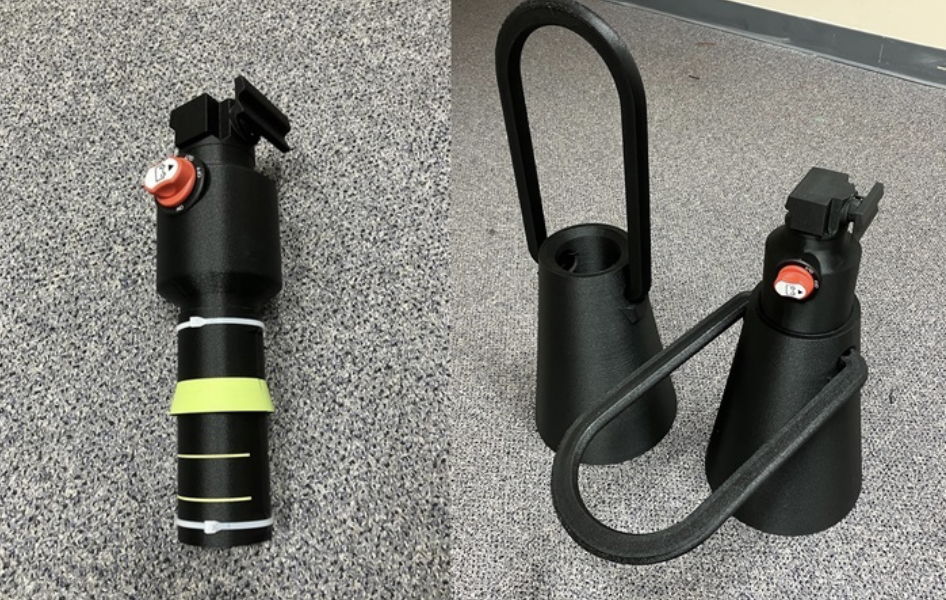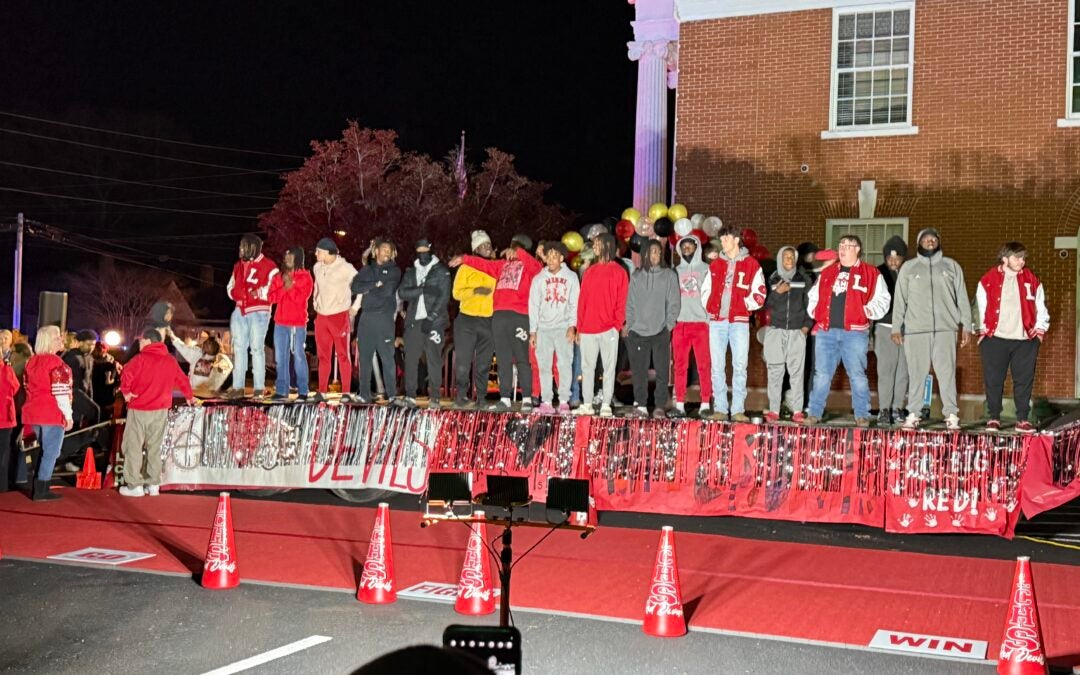Five days before Christmas last year, Dr. Mahendra Mandawat saved a man’s life using a new procedure that hadn’t even been approved by the Veterans Administration.
Mandawat is a cardiologist at the Charlie Norwood VA Medical Center, downtown division, and on Dec. 20, 2021, he used a balloon that emits powerful shockwaves to open the clogged arteries of a 73-year-old veteran.
“He couldn’t have lived without it,” Mandawat said.
The Food and Drug Administration had approved the procedure in February 2021, but the Veterans Administration just approved use of the procedure Jan. 26.
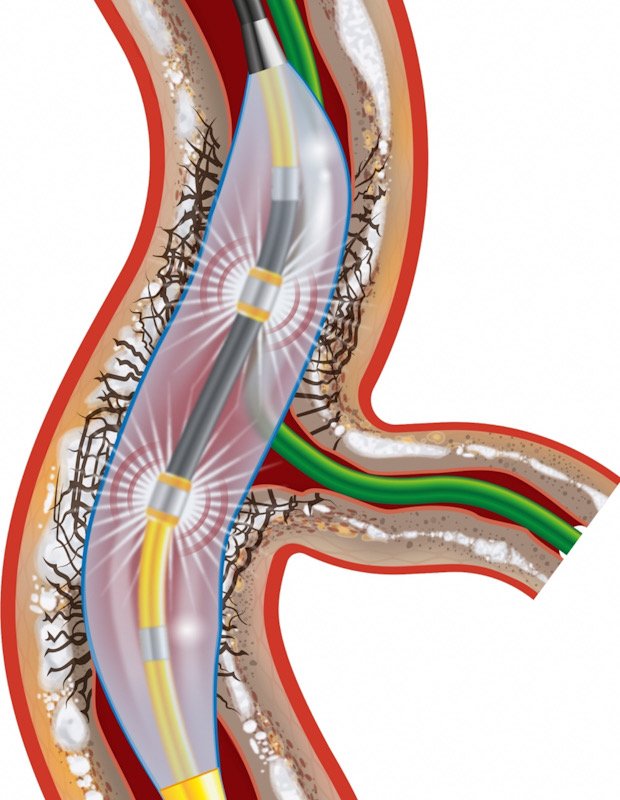
Mandawat said he won’t get the equipment in his inventory for another two or three months and had to borrow the machinery from the company that makes the shockwave artery device, called Shockwave IVL.
The Christmas operation was the first time any doctors had used the shockwave procedure at the Charlie Norwood VA Medical Center, and Mandawat had to get emergency permission to do it, he said Thursday.
The equipment uses a tiny balloon that is inserted into a patient’s artery. In the case of the veteran in Augusta, it went in through his artery in his groin. The patient was on an operating table under an X-ray machine, which Mandawat used periodically to see inside the patient and help move the balloon to a spot near the patient’s heart that was so clogged with hard, calcified buildup that the man had constant chest pain, even when sitting and resting.
[adrotate banner=”72″]
The patient has also had previous bypass surgeries where veins from his legs were used to replace clogged arteries. But there were no more usable veins for another bypass surgery, Mandawat said.
Usually, cardiologists use traditional inflatable surgical balloons and a stent to open clogged arteries. Or surgeons sometimes use a drill to chip away the calcium buildup. But the veteran’s arteries were too clogged, and the calcium too firm for that to be a safe option, Mandawat said.
When Mahendra got the shockwave balloon into the right spot, he sent up to 10 pulses at a time. The shockwave is a short burst that is 10 to 20 times as strong as atmospheric pressure. In all, Mahendra had to administer 80 pulses to clear the man’s artery.
The procedure turns the calcified, hard walls into a sand-like substance, Mandawat said. This is one big advantage. Drilling is not only dangerous because the hardened artery is easier to puncture, but the calcium chunks can dislodge, flow through the artery and clog at another spot. In the shockwave procedure the calcium softens but does not dislodge, he said.
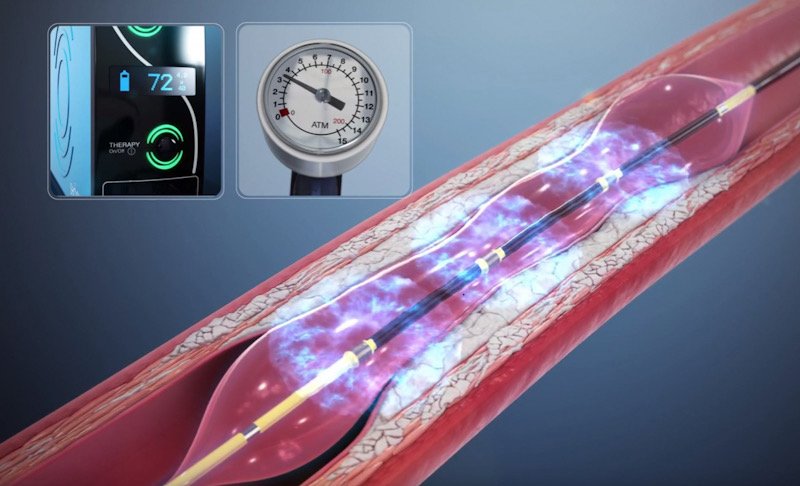
There are two disadvantages with the shockwave system. If there are just a few calcium deposits along the arterial walls, then the shockwaves don’t crack the calcium. It’s only when there are solid walls of calcium along sections of the artery that the shockwave is useful, Mandawat said.
The second disadvantage is cost. Each shockwave balloon cost about $5,000 and cannot be reused. A traditional medical artery balloon, which simply inflates and deflates, cost around $500, Mandawat said.
[adrotate banner=”15″]
In the veteran’s case, the worst spot where his artery was clogged opened up about five times as wide as it was when it was restricted, according to X-ray images Mandawat took before and after the procedure.
The patient spent one night in the hospital after the procedure, and no longer has chest pain when sitting, but gets chest pain when more active, he said.
Currently, there are no veterans scheduled to get the shockwave treatment at the VA hospital. But if another emergency case comes in, he will contact Shockwave IVL and ask to borrow more equipment, he said.
Joshua B. Good is a staff reporter covering Columbia County and military/veterans’ issues for The Augusta Press. Reach him at joshua@theaugustapress.com

